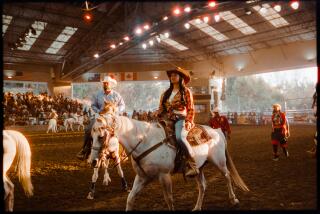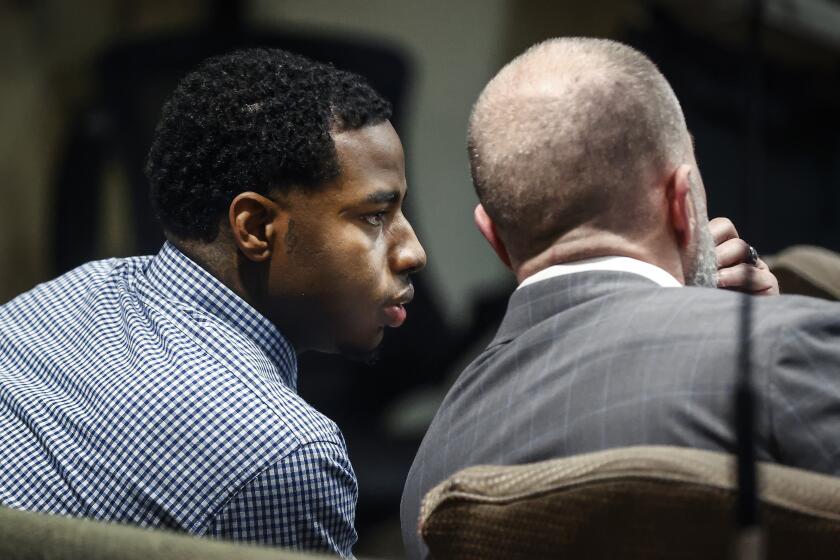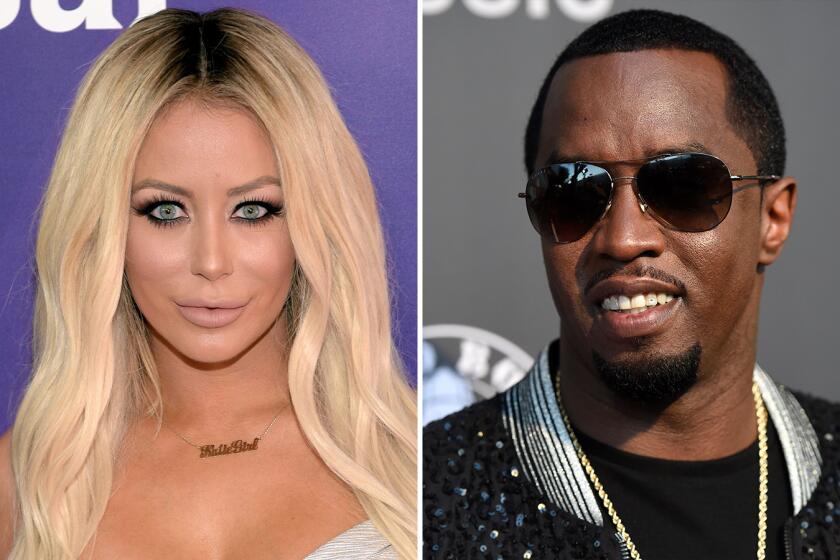Researching ‘Australia’
Baz Luhrmann is very exigent in his demand for factual research, so we needed to be clear and accurate about a lot of unusual details from the history of this particular period. We researched everything: the appropriate 1930s breed of cattle, the shorthorn, what the cattle was worth and how the prices rose during the war years. We learned how much a drover would get paid, how many stockmen and horses he would need to deliver the cattle and what a particular station’s brand looked like.
We had to investigate the 1930s Australian stock saddle and tack, and have them custom made for the actors by a saddle maker versed in the finer details of the period. The Australian stock saddle is designed to hold the rider securely over great distances and rough terrain. A lot of indigenous stockmen rode bareback and shoeless, but certain modifications needed to be made in translating this to film, either for character or safety purposes. R.M. Williams, the Australian bush outfitters, was an invaluable resource with its catalogs of the period for costume detail as were the Miriwoong and Gajirrawoong people of the country on which Faraway Downs was built.
It was great to sit down with them under the mango trees on Carlton Hill station and talk of the extraordinary exploits of the Aboriginal stockmen, some who in the past were setting up camps for the men by the age of 13. These boys could find their way to a camp with no markers, just a name called out by the men as they were leaving in the morning. They could seamlessly navigate through the wilderness.
-- Catherine Martin production designer
More to Read
The biggest entertainment stories
Get our big stories about Hollywood, film, television, music, arts, culture and more right in your inbox as soon as they publish.
You may occasionally receive promotional content from the Los Angeles Times.









